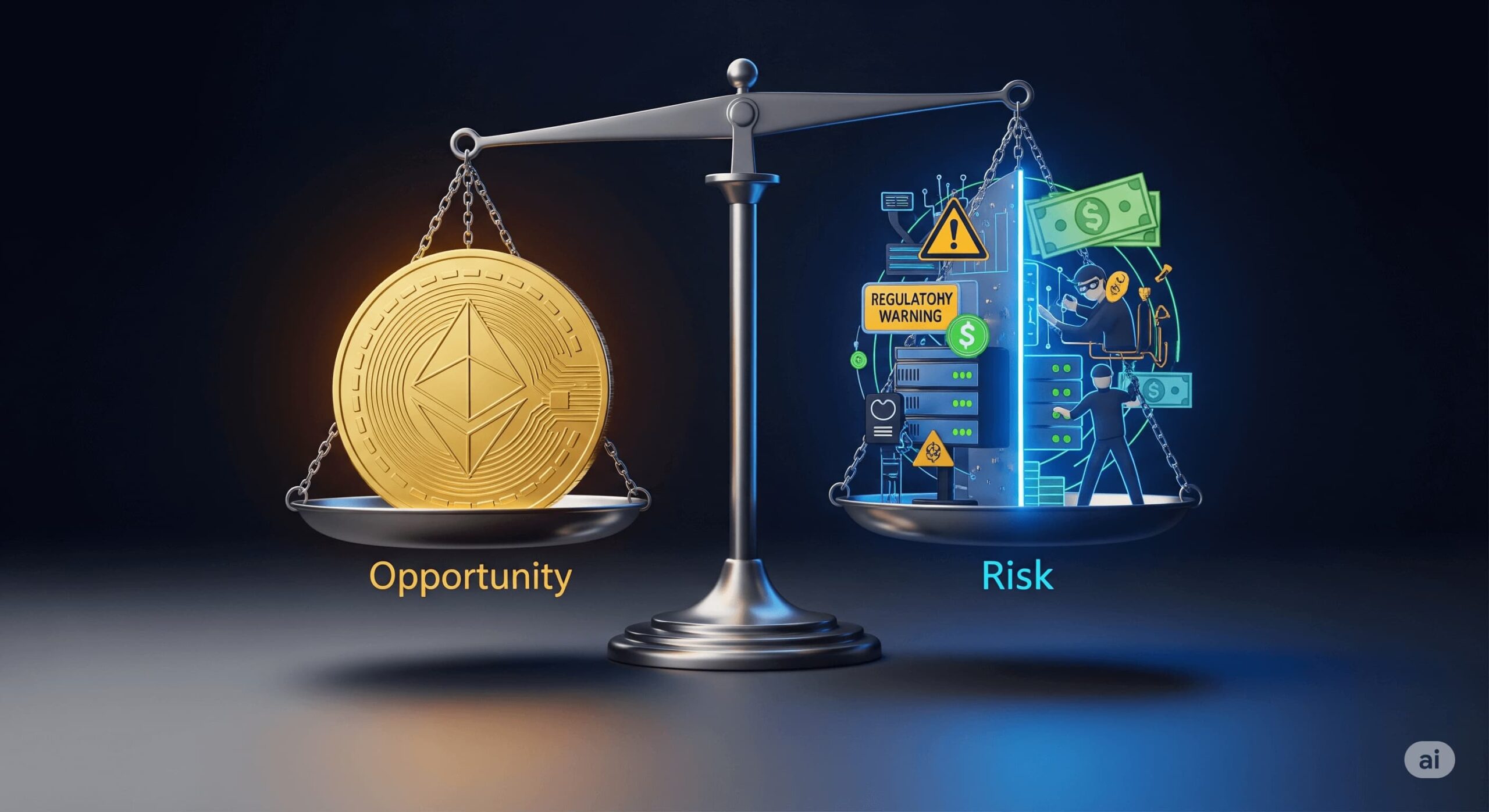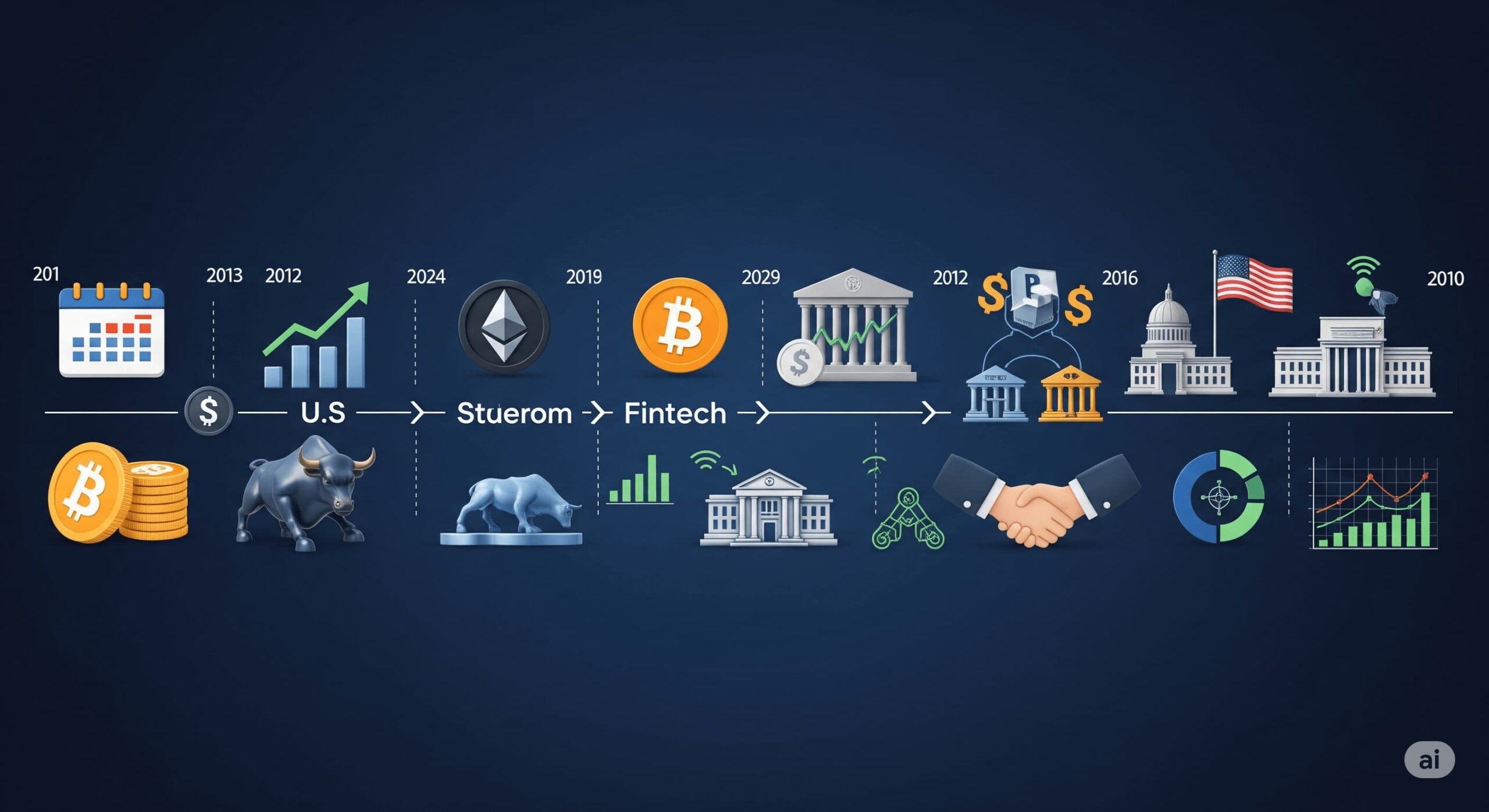Imagine this: You’re sitting in your favorite coffee shop in Austin, Texas, sipping on an oat milk latte. You just got paid, not in dollars, but in Bitcoin. And instead of logging into a crypto exchange, you open your regular banking app—where your crypto balance sits comfortably next to your checking and savings accounts. It’s seamless, secure, and feels just like banking should.
Not long ago, this scenario would have sounded like something out of a sci-fi novel. But today, the lines between traditional banking and cryptocurrency are starting to blur, especially in the United States. While the journey has been anything but smooth, the integration of crypto into the banking system is gaining serious momentum.
So, how did we get here? What were the bumps along the road? And most importantly, what’s next for you, me, and everyone who cares about money in the digital age?
A Brief History: The Crypto Wild West
Let’s rewind to 2009. A mysterious figure named Satoshi Nakamoto introduced Bitcoin to the world—a peer-to-peer digital currency that promised freedom from banks, governments, and centralized control.
At first, banks were unconvinced. Many flat-out dismissed crypto as a fad or, worse, a vehicle for criminals. In 2017, JPMorgan Chase CEO Jamie Dimon famously called Bitcoin a “fraud.” Meanwhile, headlines about Bitcoin being used for money laundering or buying illicit goods on the dark web didn’t help crypto’s reputation.
Regulatory clarity was virtually non-existent. Banks didn’t want to touch crypto companies with a ten-foot pole. The risk of non-compliance with anti-money laundering (AML) and know-your-customer (KYC) laws was just too high.
Fast-forward a few years, and a lot has changed. Not only have cryptocurrencies gained wider public acceptance, but banks and financial institutions are also starting to embrace them. Why? Because demand from both retail and institutional clients is simply too big to ignore.
What Changed? Key Turning Points
- Regulation Got (Slightly) Clearer
While the U.S. regulatory environment is still a patchwork, some important steps have been taken:
- In 2020, the Office of the Comptroller of the Currency (OCC) gave national banks the green light to provide crypto custody services.
- FinCEN and the SEC have issued clearer guidance on AML and securities laws.
- The IRS now expects taxpayers to report their crypto holdings.
This regulatory progress has made banks a bit more comfortable getting involved.
- Institutional Adoption Exploded
Major players like Fidelity, Goldman Sachs, and Morgan Stanley began offering crypto-related services. Even BlackRock, the world’s largest asset manager, now offers clients access to Bitcoin ETFs.
According to a 2023 survey by PwC, 70% of institutional investors in North America expect to invest in digital assets in the next five years.
- Consumer Demand is Skyrocketing
A 2022 Pew Research Center survey found that 16% of Americans have invested in or used cryptocurrency. Millennials and Gen Z, in particular, are leading this charge, viewing crypto as not just an investment but as a lifestyle.
Banks, always looking to stay relevant, are realizing that ignoring crypto could mean losing an entire generation of customers.
Why Was Integration So Hard at First?
- Compliance Nightmares
Crypto companies often struggled to comply with AML, KYC, and data privacy requirements. Banks feared that doing business with them could expose them to regulatory scrutiny or penalties.
- Volatility
Crypto prices can swing wildly. This made banks nervous about integrating crypto into savings, loans, or other financial products.
- Technology Gaps
Traditional banking infrastructure wasn’t built for blockchain. It’s like trying to plug a USB-C into a floppy disk drive—they just weren’t made for each other.
- Reputation Risk
For years, crypto was associated with hacks, scams, and shady ICOs. No bank wanted their brand name tied to something that looked risky or untrustworthy.
The Current Landscape: Banks and Crypto Are Getting Cozy
Let’s break it down by category.
- Crypto Custody Services
Banks like BNY Mellon and U.S. Bank now offer crypto custody for institutional clients. This means they store digital assets securely on behalf of their clients, much like they do with traditional securities.
- Crypto-Friendly Accounts and Cards
Some banks are partnering with crypto firms to offer hybrid services:
- SoFi offers crypto trading within its app.
- Revolut and Robinhood, while not traditional banks, provide bank-like services with crypto trading.
- Visa and Mastercard have teamed up with crypto exchanges to offer debit cards that convert crypto into fiat at the point of sale.
- Blockchain for Backend Operations
Many banks are exploring blockchain not just for customer-facing products, but to streamline their internal processes:
- JPMorgan launched its own blockchain network, Onyx, and even has a digital currency called JPM Coin.
- HSBC and Wells Fargo are piloting blockchain for cross-border payments and trade finance.
- Bank-Led Crypto Investments
More banks are investing in crypto firms, launching their own digital assets, or creating tokenized versions of traditional assets like bonds and real estate.
Why It Matters to Everyday People
You might be thinking, “Okay, but how does this affect me?”
- More Financial Options
You could soon hold crypto in your regular bank account, earn interest on stablecoins, or take out a loan using Bitcoin as collateral.
- Cheaper and Faster Payments
Cross-border remittances could become instant and nearly free. No more waiting days or paying hefty fees to send money to family overseas.
- Financial Inclusion
Unbanked or underbanked Americans might get access to financial tools via crypto-friendly banking platforms that don’t require a traditional credit history.
- Enhanced Privacy and Security
Blockchain can make your financial transactions more transparent and secure, reducing fraud and identity theft.
Potential Risks to Watch
It’s not all sunshine and rainbows.
- Regulatory Crackdowns
The SEC and other regulators are still figuring out how to classify and monitor digital assets. A sudden rule change could disrupt services or affect your holdings.
- Bank Runs in the Crypto Era
The 2022 collapse of FTX and other crypto firms showed how fast digital bank runs can happen. If everyone withdraws their crypto at once, platforms can collapse overnight.
- Data Privacy and Surveillance
While blockchain is secure, it’s also transparent. Governments could potentially track transactions in ways that infringe on personal privacy.
- Over-Integration
If banks rush into crypto too quickly, they might not fully understand the risks, leading to security breaches or financial losses.
What Should You Do? Practical Takeaways
- Get Educated: Start by understanding the basics of crypto, wallets, and blockchain. Resources like Coinbase Learn, Binance Academy, and Investopedia are great.
- Use Trusted Platforms: Stick with well-known, regulated crypto services. Avoid the temptation of “too good to be true” returns.
- Diversify Smartly: Don’t put all your money in crypto. Use it as part of a balanced portfolio.
- Keep Records: Track your crypto transactions for tax purposes. The IRS is watching.
- Stay Informed: Follow regulatory updates. Things can change fast in the world of crypto.
Looking Ahead: What Might the Future Hold?
Here’s what many experts are predicting:
- More Bank-Crypto Partnerships as regulation improves.
- Tokenization of Assets like stocks, real estate, and art becoming mainstream.
- Central Bank Digital Currencies (CBDCs) being launched by the Federal Reserve and other central banks.
- Interoperable Financial Systems where digital and fiat currencies flow seamlessly between platforms.
One thing is certain: the divide between crypto and banking is narrowing every day.
Final Thoughts: The Digital Dollar Era?
Crypto isn’t just for tech geeks or Wall Street anymore. It’s becoming part of our everyday financial lives. Whether you’re a small business owner, a college student, or a retiree managing savings, the evolution of crypto and banking integration in the U.S. will touch your life in some way.
So next time you log into your banking app, don’t be surprised if a Bitcoin tab is sitting next to your savings account. The future of money is coming—and it might just be a little more decentralized than we thought.
What do you think? Would you trust your bank to hold your Bitcoin?
Sources:
- Pew Research Center: https://www.pewresearch.org
- PwC Global Crypto Survey: https://www.pwc.com
- OCC Interpretive Letter #1170: https://www.occ.gov
- Reuters: https://www.reuters.com
- World Bank: https://www.worldbank.org
- IMF Digital Currency Reports: https://www.imf.org
- Coinbase Learn: https://www.coinbase.com/learn
- Binance Academy: https://academy.binance.com






